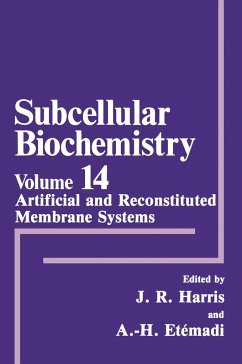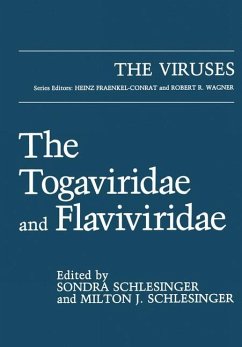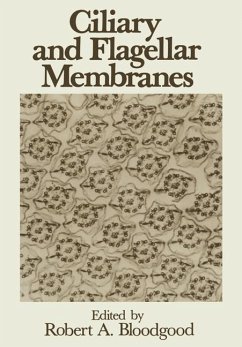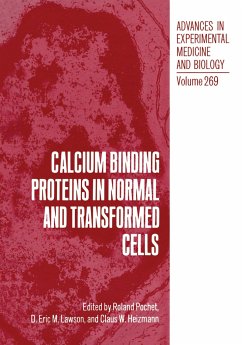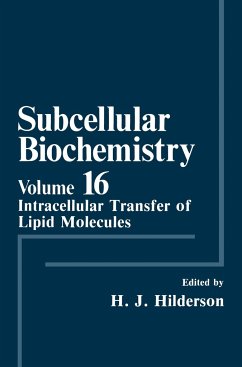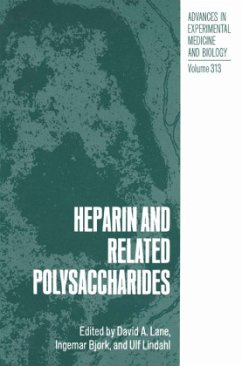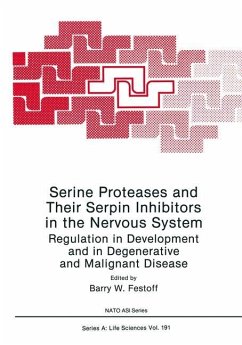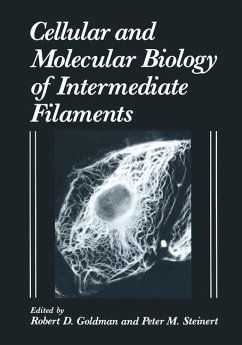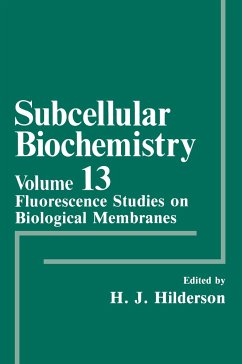
Fluorescence Studies on Biological Membranes

PAYBACK Punkte
20 °P sammeln!
As stated by its first editor, Dr. D. B. Roodyn, the primary goal of the series Subcellular Biochemistry is to achieve an integrated view of the cell by bringing together results from a wide range of different techniques and disciplines. This volume deals with the applications of fluorescence spectroscopy to membrane research. It seeks to present complementary biochemical and bio physical data on both the structure and the dynamics of biological membranes. Biophysics and biochemistry are improving more and more in their ability to study biomembranes, overlapping somewhat in this area and expla...
As stated by its first editor, Dr. D. B. Roodyn, the primary goal of the series Subcellular Biochemistry is to achieve an integrated view of the cell by bringing together results from a wide range of different techniques and disciplines. This volume deals with the applications of fluorescence spectroscopy to membrane research. It seeks to present complementary biochemical and bio physical data on both the structure and the dynamics of biological membranes. Biophysics and biochemistry are improving more and more in their ability to study biomembranes, overlapping somewhat in this area and explaining the functioning of the whole cell in terms of the properties of its individual com ponents. Therefore, we have brought together an international group of experts in order to report on and review advances in fluorescence studies on biological membranes, thereby highlighting subcellular aspects. The first chapters present a critical evaluation of the current applications of dynamic and steady-state fluorescence techniques. Subsequent chapters dis cuss more specific applications in cells, biological membranes, and their con stituents (lipids, proteins).





